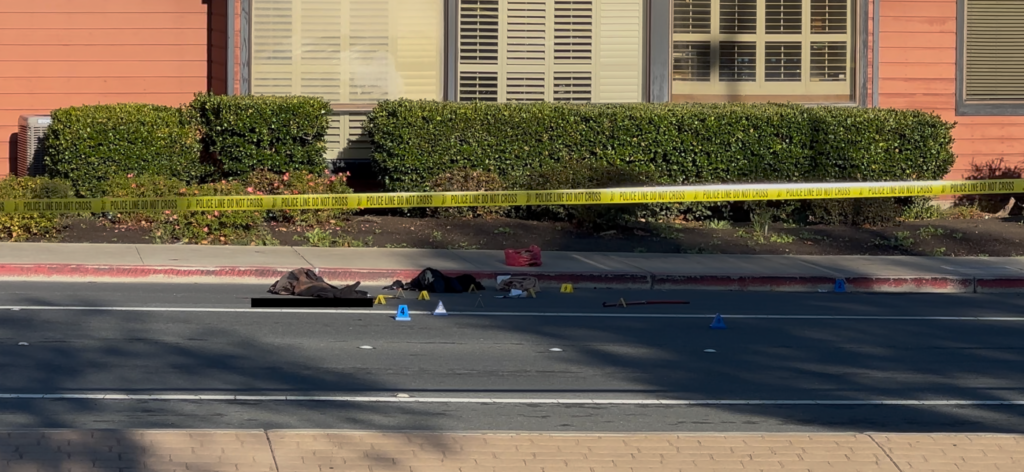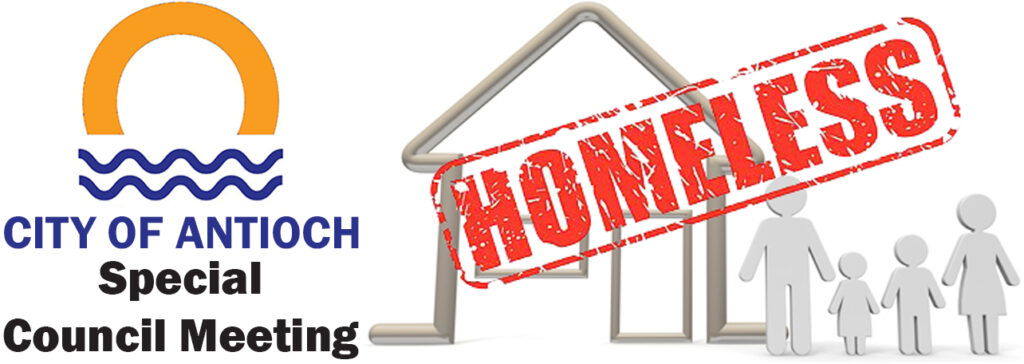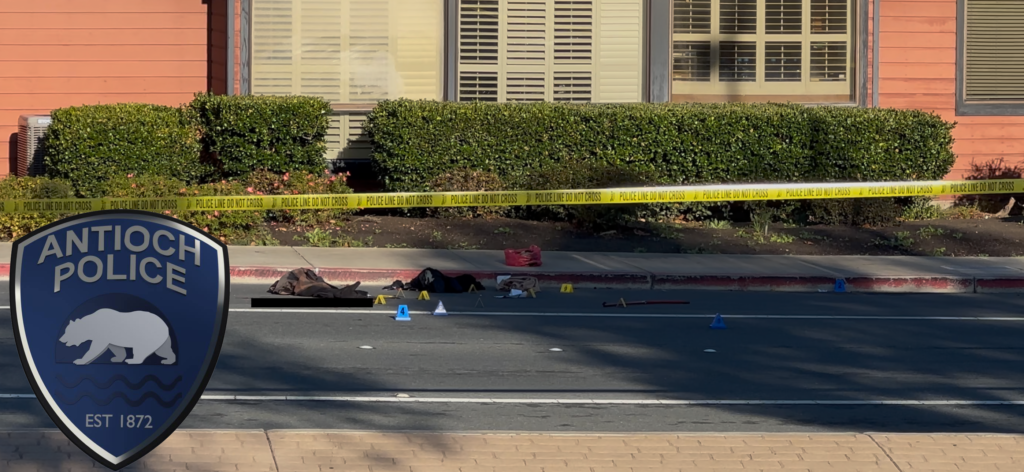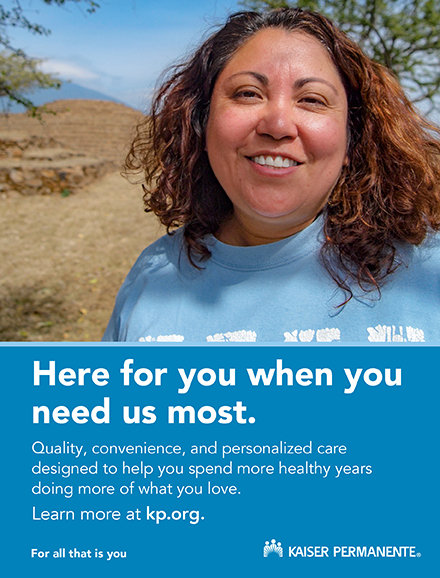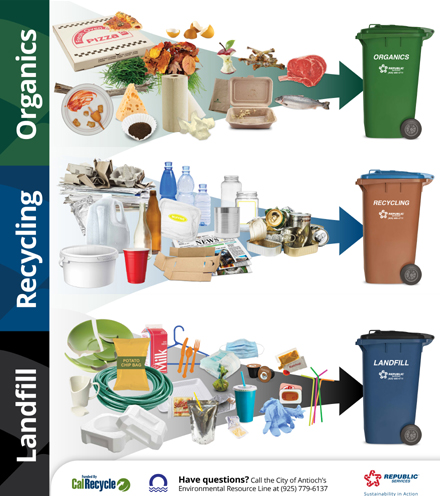Contra Costa County Homeless Person’s Memorial Day event in Antioch Dec. 19
Friday, December 12th, 2025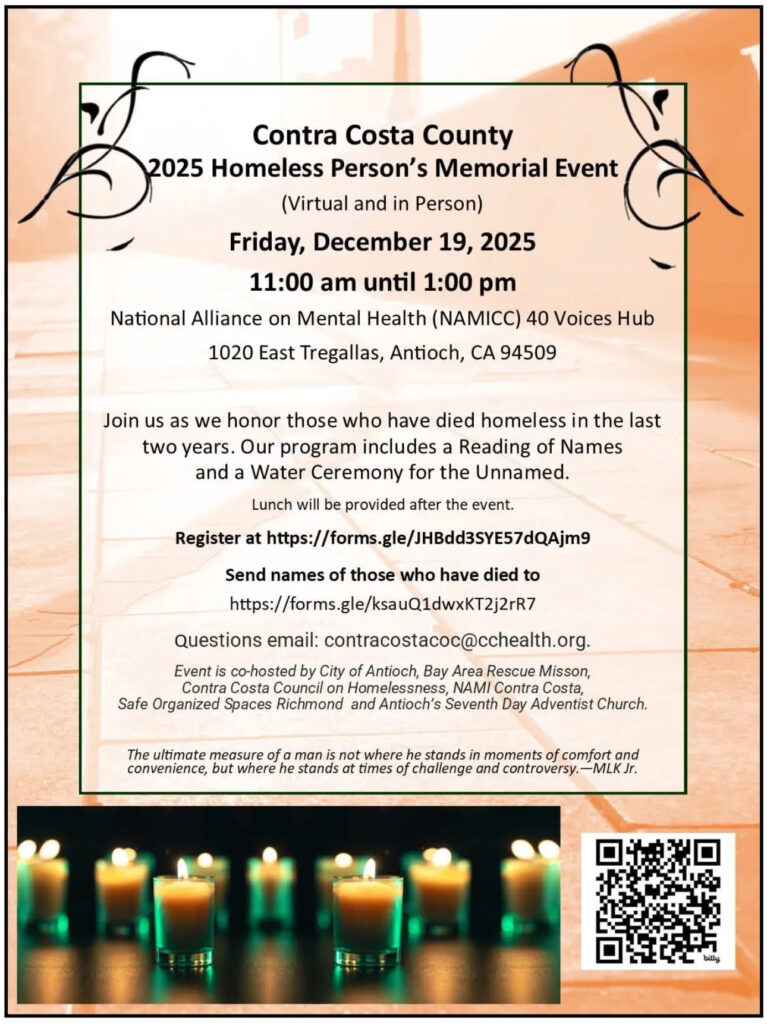
For those who have died in the past two years
Watch national ceremony online Dec. 18
By NAMI Contra Costa
Join us for Homeless Persons’ Memorial Day, where we will create a space to remember, honor and celebrate those in our community with a lived experience of homelessness who have died in the past two years. As part of the event, we will be reading their names and stories. You are invited to share the names of people whom you would like to be remembered here: https://forms.gle/ksauQ1dwxKT2j2rR7.
This hybrid (in person and online) event will take place:
Friday December 19, 2025
11:00 am – 1 pm
- Reading of the names: 11:30 am
- Lunch served: 12:30 pm
Physical Address: NAMI CC – 40 Voices African American Holistic Wellness and Resource Hub, 1020 East Tregallas Road, Antioch
Zoom: https://homebaseccc.zoom.us/j/86971795919
Event co-hosted by Antioch Seventh Day Adventist Church, Bay Area Rescue Mission, City of Antioch, Contra Costa Council on Homelessness, NAMI Contra Costa, and Safe Organized Spaces Richmond.
If you have questions, please reach out to contracostacoc@cchealth.org.
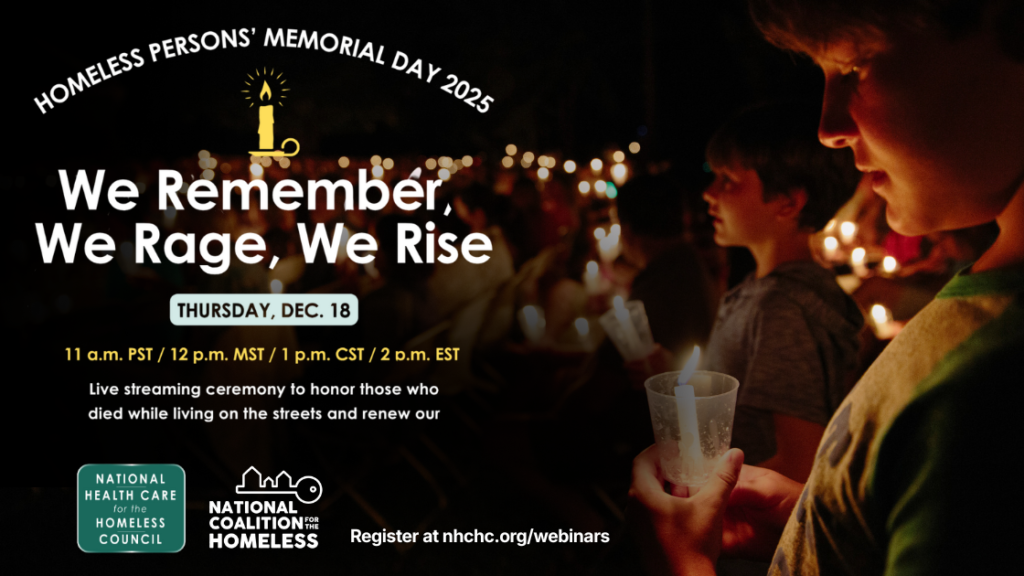
National Homeless Persons’ Memorial Day Ceremony (Virtual Attendance)
Please join us from wherever you are on Dec. 18th for a livestream of this year’s Homeless Persons’ Memorial Day ceremony at 11 a.m. PST.
The National Coalition for the Homeless, the National Health Care for the Homeless Council, and the National Consumer Advisory Board, a member network of the Council, encourage our communities to organize or take part in Homeless Persons’ Memorial Day (HPMD) events on or around the winter solstice — the first day of winter and the longest night of the year.
At these events each year, we remember those who have died and we strengthen our resolve to work for a world where no life is lived or lost in homelessness. We state clearly, together with others in scores of communities across the nation, that no person should die for lack of housing.
List of Speakers For the Memorial Event
Register at: 2025 Homeless Persons’ Memorial Day Ceremony Livestream.
About NAMI CC – Support. Educate. Advocate. Outreach.
Mission Statement – To provide support, outreach, education, and advocacy to individuals impacted by mental illness, their families, and the broader community.
NAMI Contra Costa is a 501(c)3 non-profit organization providing outreach, education, support and advocacy to individuals living with mental illness, their families, and the broader community. We have been serving in Contra Costa County and beyond for over 35 years. All our programs are free, so get involved today and help make a difference in your life, others’ lives, and in the local community.
NAMI Contra Costa is an affiliate of the National Alliance on Mental Illness. We are unique in our independence with long history of supporting individuals living with mental illness, their families, and the broader community.
NAMI CC has a commitment to serve the needs of all impacted by mental illness. We have staffed our agency to be reflective of those who are unserved, underserved, and inappropriately served. We have many support groups, classes, and services for these communities. Additionally, to help reach much of the homebound community, we provide almost all of our groups and classes via Zoom, and now more are in-person. So please visit our calendar page for group dates and times.
NAMI Contra Costa was named the 2023 California Nonprofit of the Year.
About the Delta Bay Wellness Hub
NAMI CC is committed to ensuring ALL individuals impacted by mental illness have their needs met and no one is left behind. We, therefore, lifted the 40 Voices Campaign to advocate for an African American Holistic Wellness & Resource Hub to improve outcomes for the African American community. Despite 40 Voices’ successful advocacy for a total of $8.9 million dollars from the Contra Costa Board of Supervisors, we have been asked to wait until 2029 for the physical site of the hub to be realized. We cannot afford to wait. NAMI CC CEO and Founder of the 40 Voices Campaign, Gigi Crowder, decided to move forward with the hub – primarily using her own personal funding and securing donations from others.
If you would like to support this important effort, you can Zelle a payment (510-990-2670) or mail in a check (2151 Salvio Street, Suite V, Concord, CA 94520) or simply go to ww.namicontracosta.org/donate to make a donation. All donations are tax deductible. Donations of $40 dollars or more will be recognized on a poster as a “Founding Contributor” of the 40 Voices African American Holistic Wellness & Resource Hub at Delta Bay. The renovations have resulted in a beautiful healing space.
For more information, contact: Gigi R. Crowder at (510) 990-2670 or gigi@namicontracosta.org.
Allen D. Payton contributed to this report.












